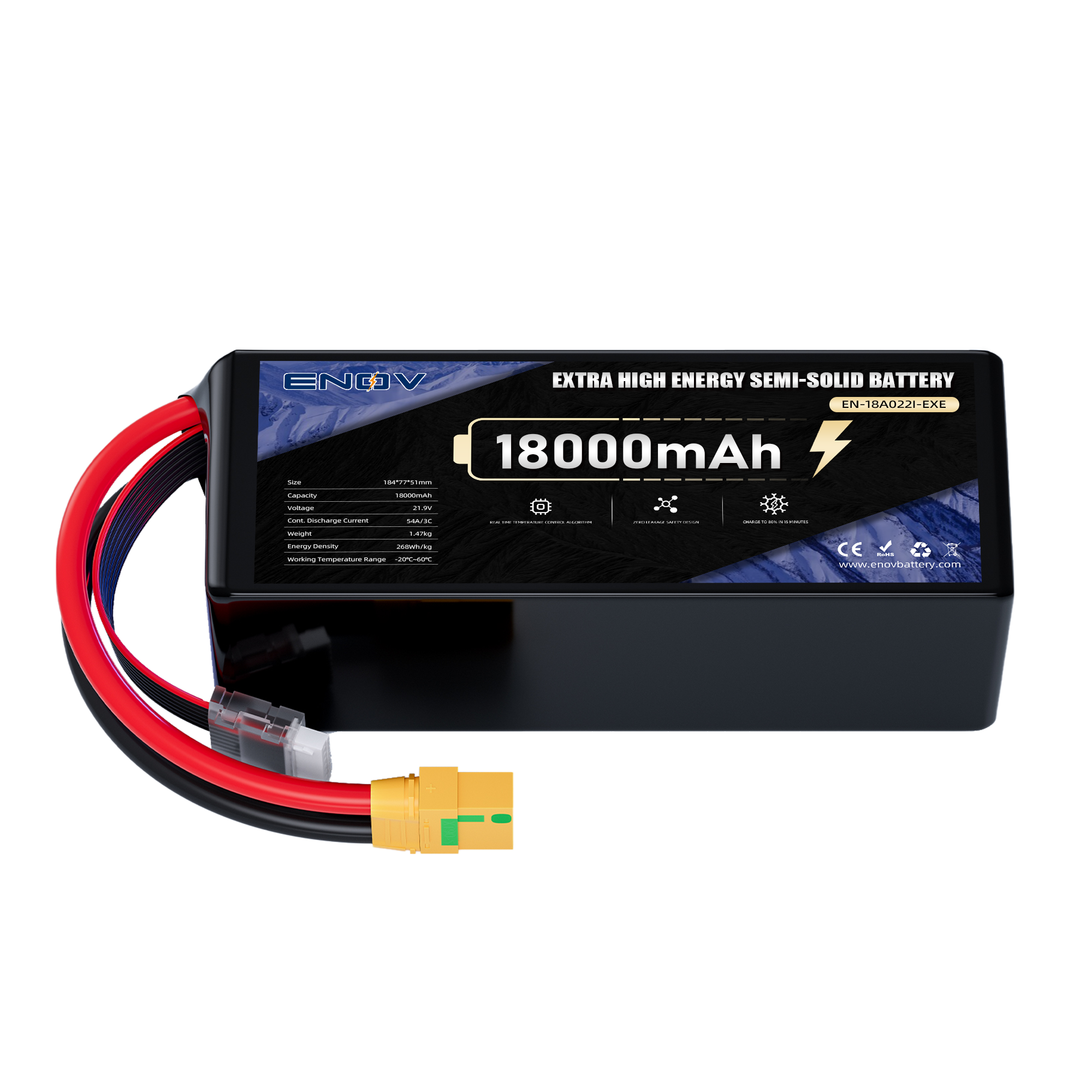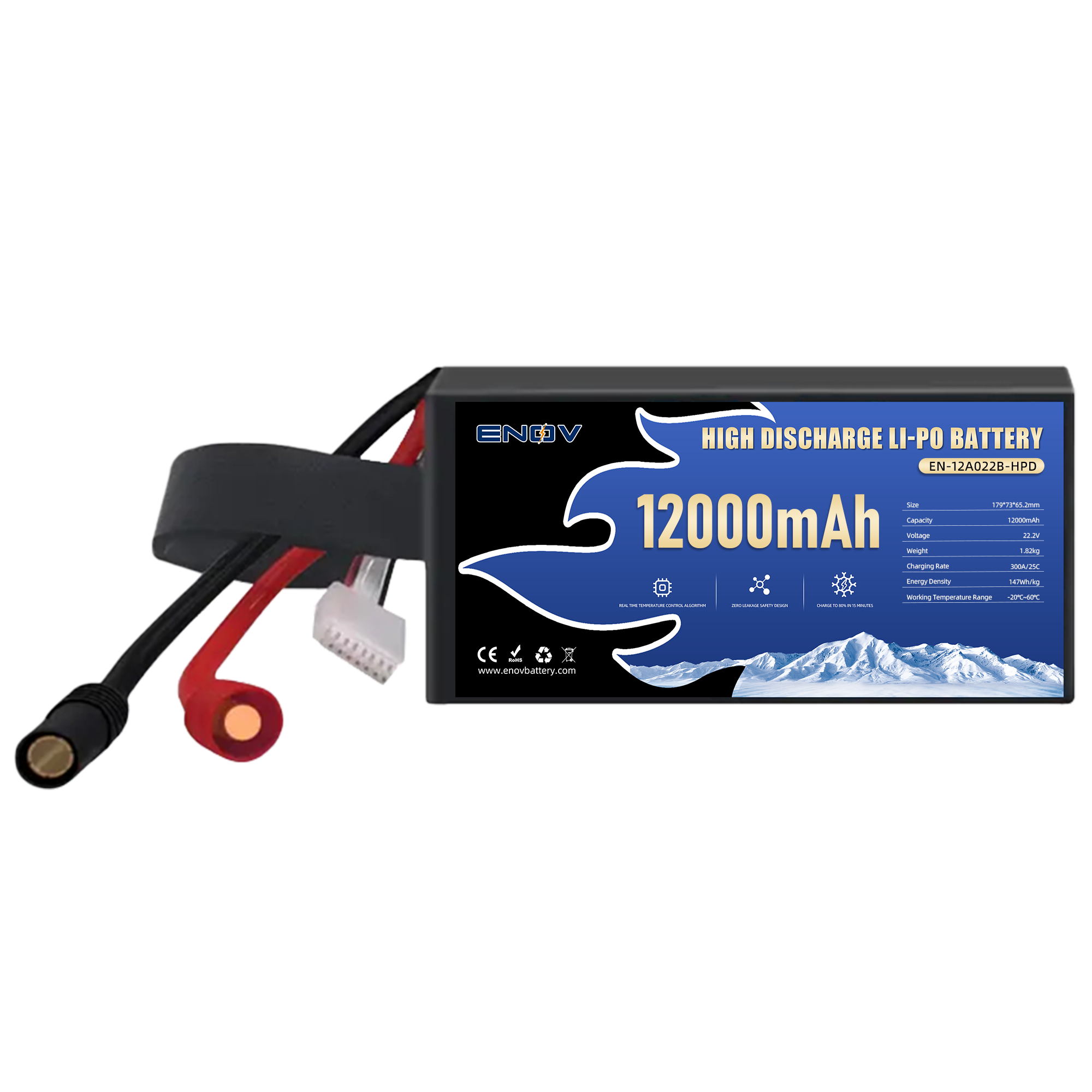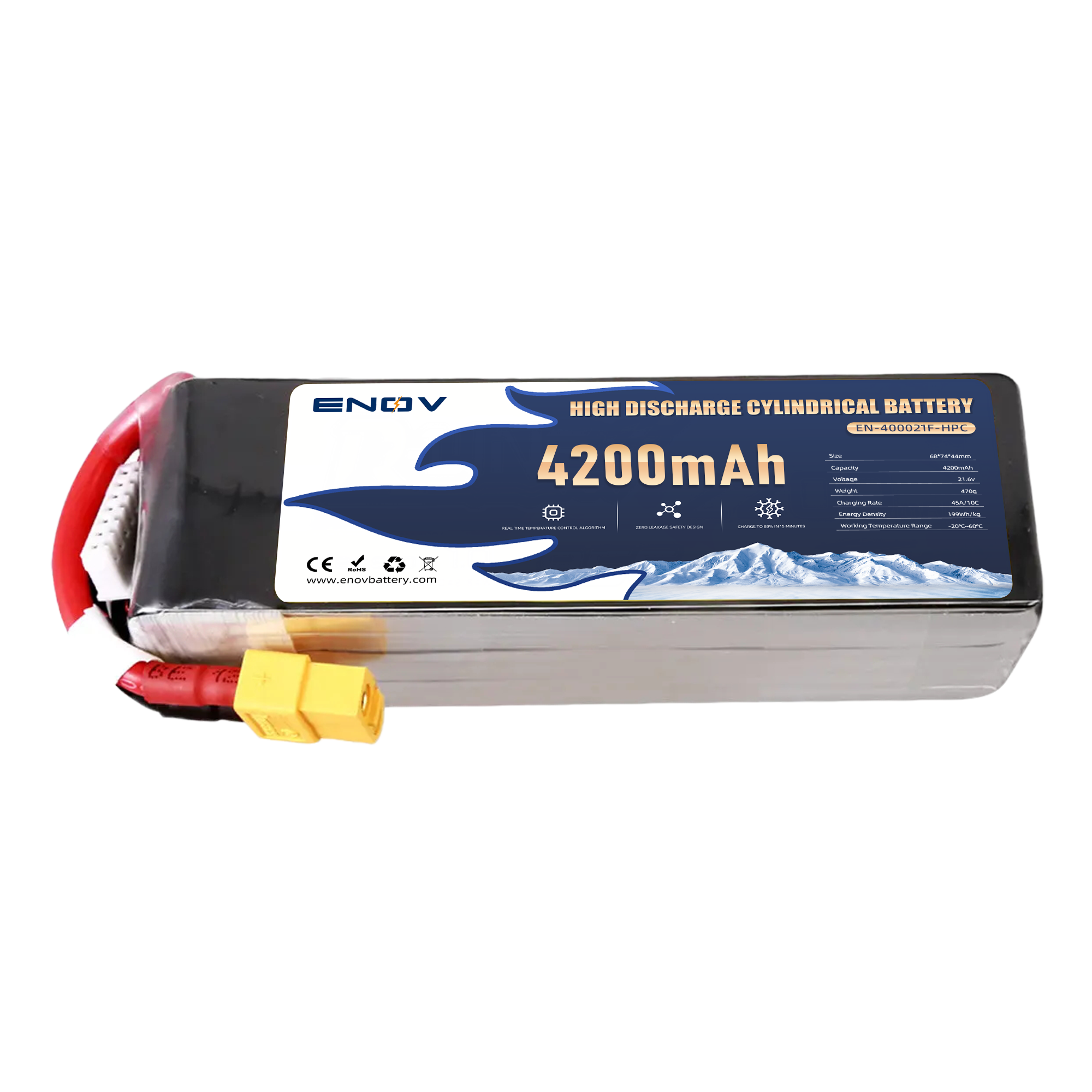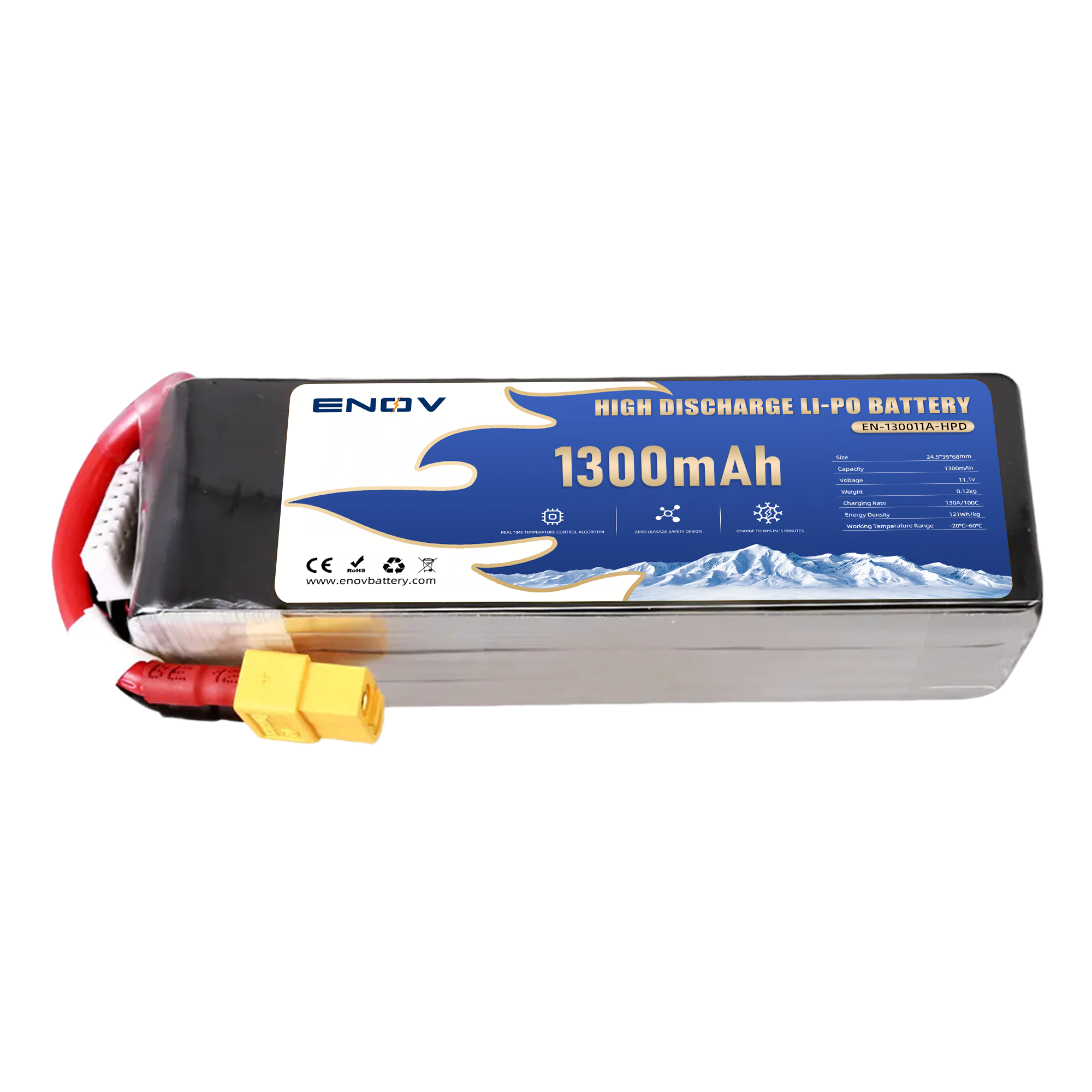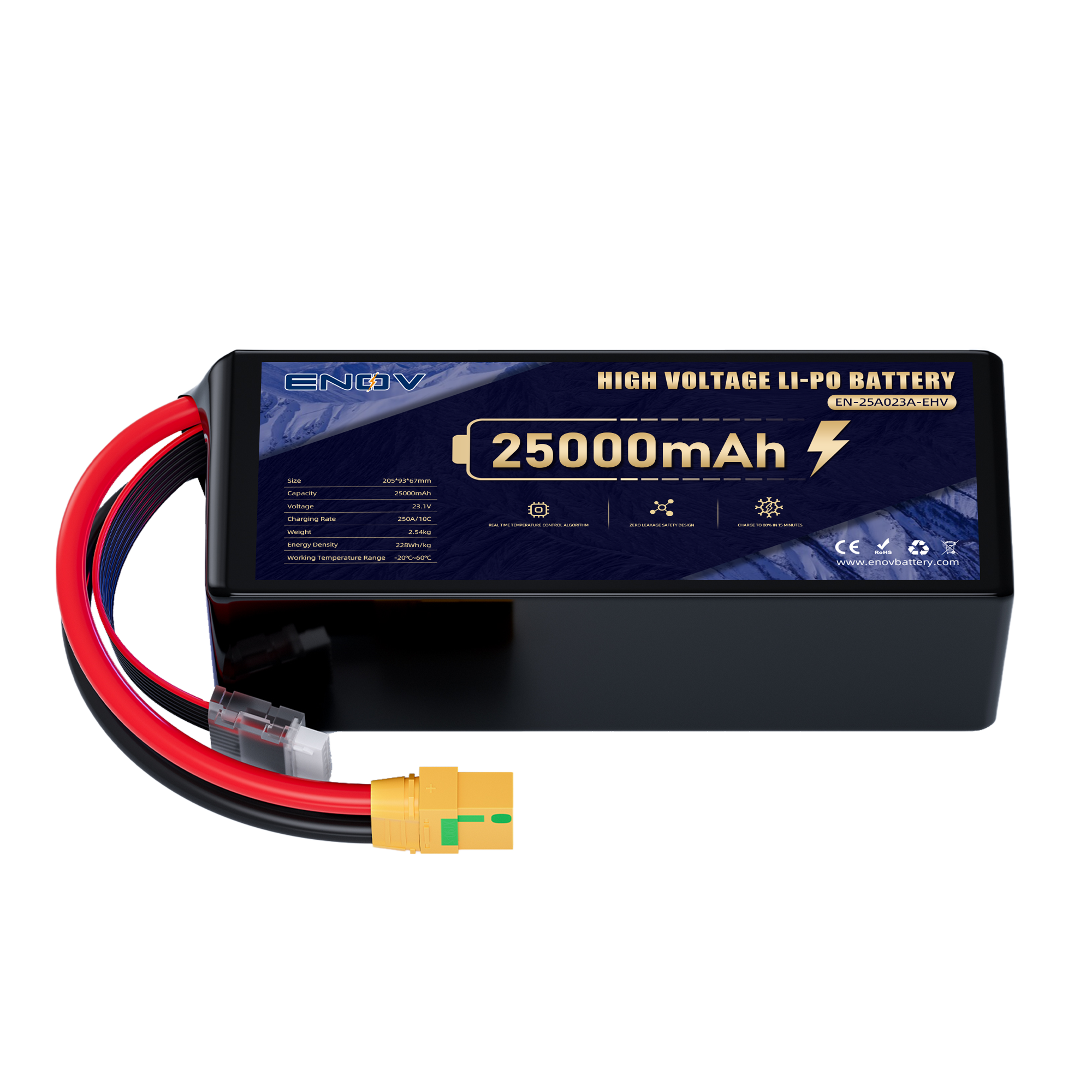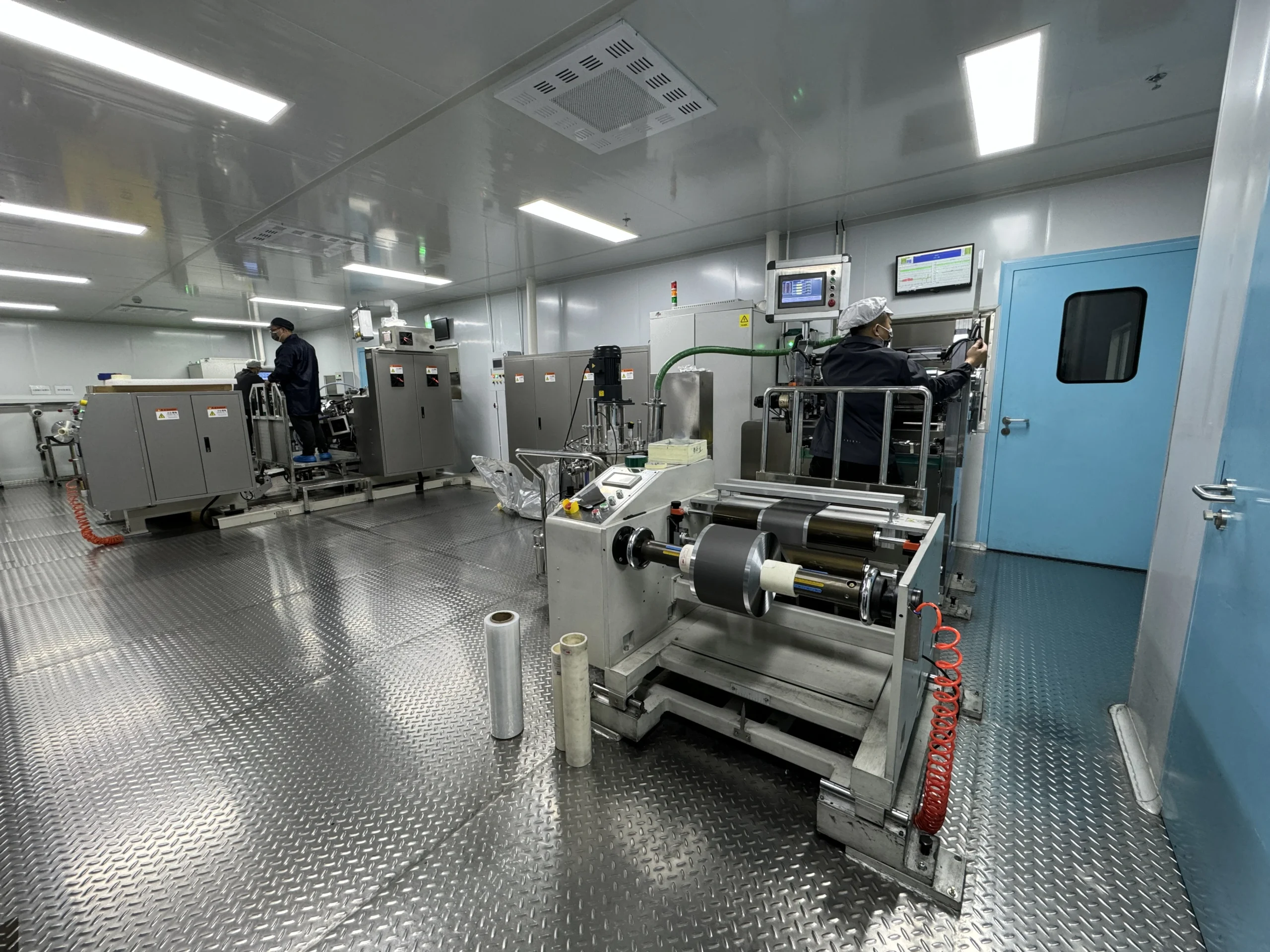Long-Term Implications for Industry Growth Policy and Market Forces:
Shaping Sustainable Competitiveness
Long-Term Implications for Industry Growth: Policy and Market Forces
Long-term implications for industry growth policy and market forces are redefining how businesses adapt to evolving global dynamics. While market competition and regulatory frameworks have historically influenced industries, today’s interplay between policy mandates and consumer-driven trends creates both challenges and opportunities.
This article examines how these forces collectively shape sustainable growth trajectories for sectors worldwide.
thrust
1. Policy Shifts: Catalysts for Structural Change
Government policies increasingly dictate industry priorities, particularly in sustainability and innovation. For example, carbon taxation in the EU has pushed automotive manufacturers to accelerate electric vehicle (EV) production, with EV market share rising from 3% to 21% in five years. Similarly, subsidies for renewable energy in Asia have driven solar panel costs down by 60%, enabling mass adoption.
Regulatory compliance also spurs R&D investment. Pharmaceutical companies, facing stricter drug safety laws, now allocate 18-25% of revenue to AI-driven clinical trials, reducing time-to-market by 30%. Such policies not only enforce standards but also foster long-term industry resilience.
2. Market Forces: Consumer Demand and Competitive Pressure
Market-driven innovations often outpace regulatory timelines. The shift toward plant-based foods, fueled by health-conscious consumers, has grown the sector by 45% annually since 2020—compelling agribusinesses to diversify portfolios. Meanwhile, e-commerce giants like Amazon leverage AI logistics to meet same-day delivery expectations, raising benchmarks for competitors.
Price volatility in raw materials further shapes strategies. During the 2022 semiconductor shortage, tech firms adopted predictive procurement models, cutting supply chain delays by 50%. These adaptations highlight how market forces drive agility and innovation.
3. Synergy Between Policy and Market Trends
Forward-thinking industries merge policy compliance with market opportunities. In construction, green building codes align with rising demand for eco-homes, creating a $400B market by 2030. Automakers like Tesla capitalize on EV subsidies while appealing to premium buyers, achieving 35% annual revenue growth.
Investors also prioritize companies balancing regulatory adherence with market leadership. Firms reporting ESG-aligned growth attract 20% more capital, proving that policy-market synergy enhances valuation.
4. Strategic Adaptation for Future-Proof Growth
Businesses must anticipate policy and market shifts to avoid obsolescence. For instance, energy companies transitioning to hydrogen infrastructure hedge against fossil fuel bans while tapping into a projected $1.2T market. Likewise, AI adoption in manufacturing mitigates labor shortages—a policy concern in aging economies like Japan.
Proactive risk management is equally critical. Predictive analytics tools help firms model policy changes, such as tariff hikes, enabling agile pricing strategies that preserve profit margins.
Conclusion
Long-term implications for industry growth policy and market forces underscore the interdependence of regulation and innovation. Companies aligning with sustainability mandates while leveraging consumer trends secure durable competitive advantages.
As global policies tighten and markets evolve, agility and foresight will separate industry leaders from laggards. By integrating adaptive strategies, businesses can turn regulatory and market pressures into engines for growth, ensuring relevance in a rapidly transforming economy.
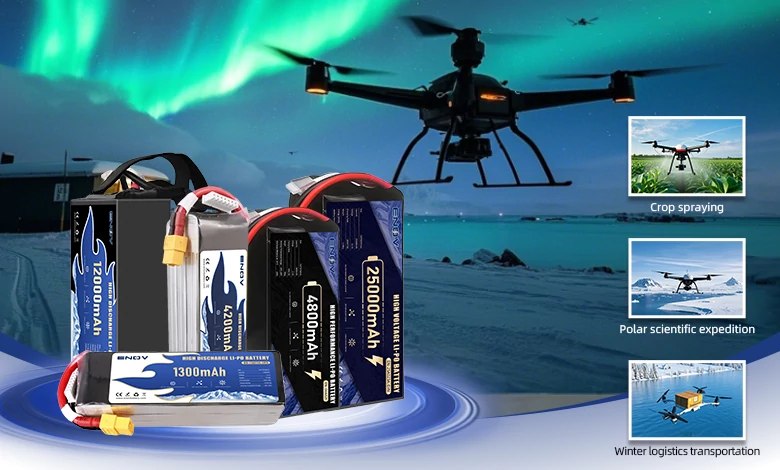
UAV DRONE battery
Enov UAV battery has the most advanced UAV battery new technology, it has a lightweight structural design, ultra-high energy density, stable continuous discharge, customized ultra-high instantaneous discharge, wide temperature working range, stable charge and discharge, battery materials can choose high nickel terpolymer positive/silicon carbon negative material system combined with semi-solid battery technology. Or choose a more mature application of more UAV lithium battery technology, available UAV battery nominal voltage 3.7V, capacity 18.0Ah ~ 30.0Ah, support 10C continuous discharge and 120C pulse discharge (3 seconds). With ultra-high energy density (220-300Wh/kg) as its core advantage, Enov UAV batteries can meet the needs of long-term endurance scenarios such as plant protection drones and transport drones, while maintaining stable emission performance in extremely low temperature environments (-40℃).
Other products
START-STOP LITHIUM BATTERY
LITHIUM ENERGY STORAGE BATTERY
QUICK INQUIRY
FAQ
Access to high frequency technical questions with one click, get accurate answers on product application, after-sales policy and customization process.
Service and Support
Get the latest product specifications, explore professional OEM/ODM customization services, click to open exclusive technical support and production solutions.
Become a Partner
We sincerely invite resources to interconnect, work together for win-win development, and immediately open a new chapter of strategic cooperation!
